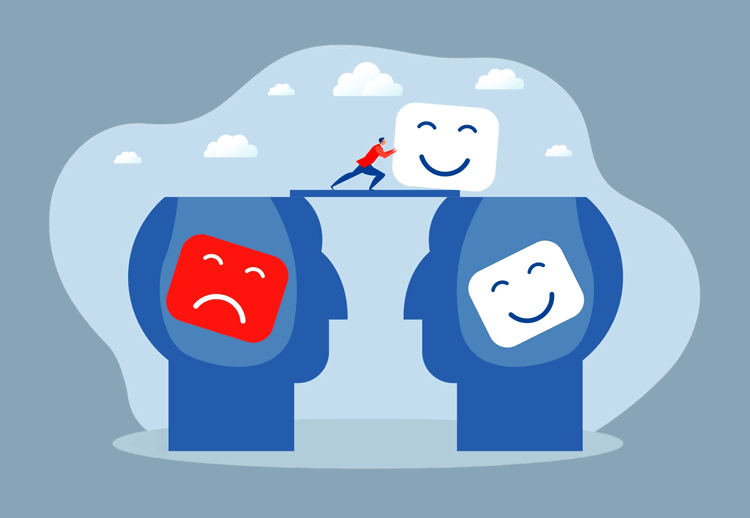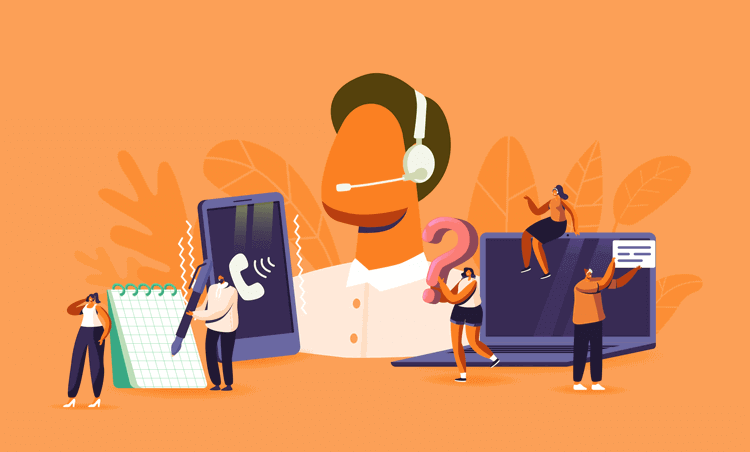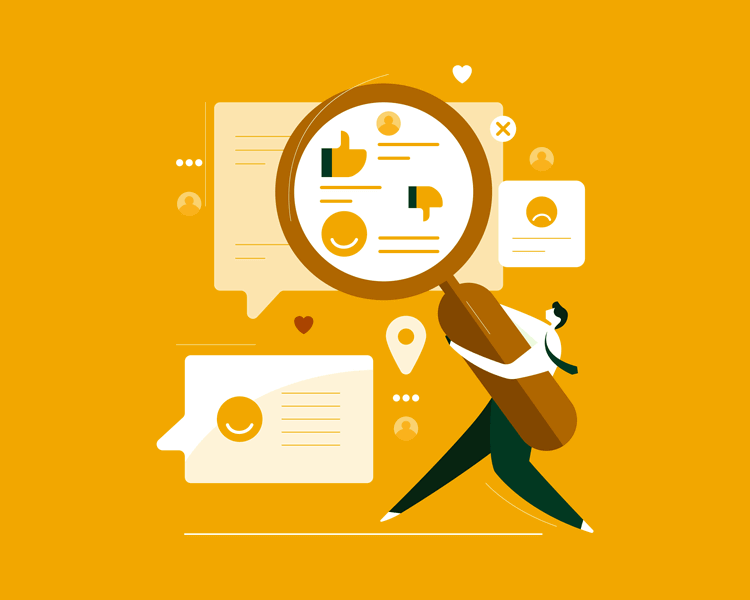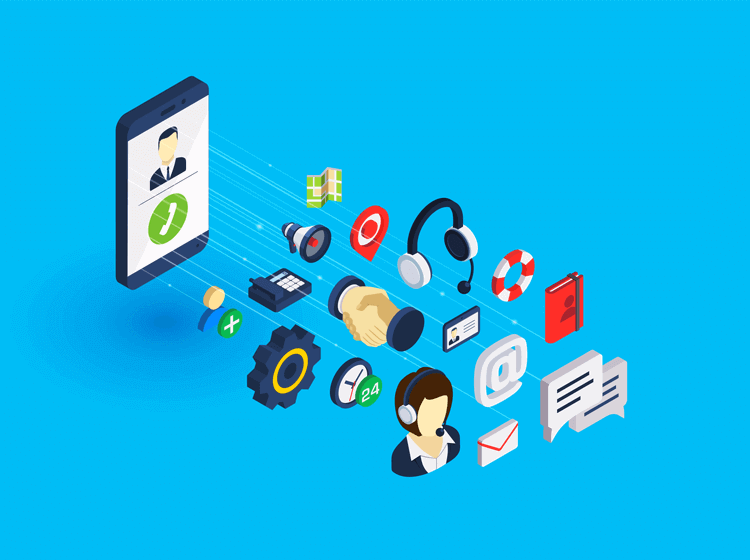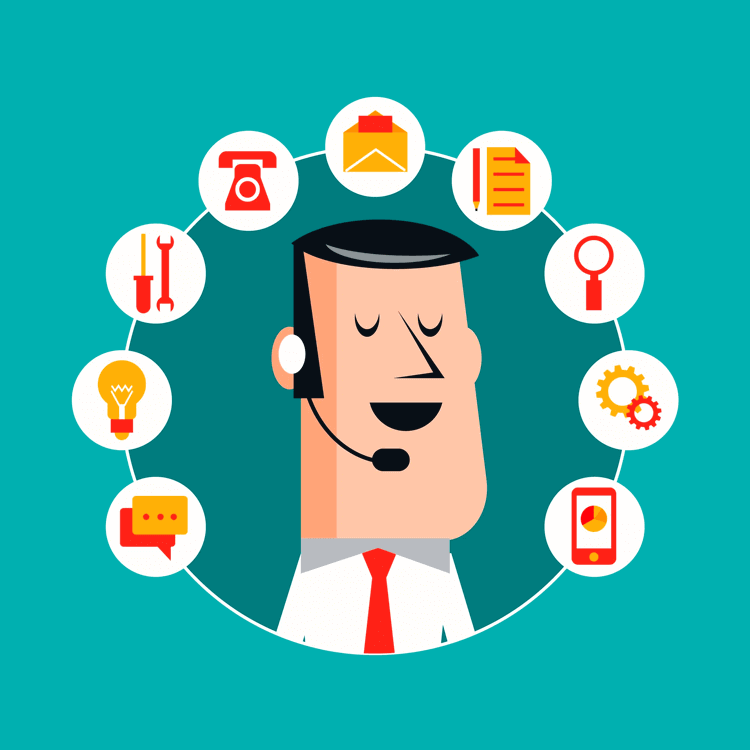Elevating Customer Experience with Personal Customer Service
With automation and mass communication dominating the business landscape, the art of personal customer service becomes an influential differentiator for companies seeking to build lasting relationships with their clientele. Gone are the days when generic, one-size-fits-all customer service strategies resonate. Today's consumers want recognition, understanding, and a sense of connection with the brands they choose to buy from.



